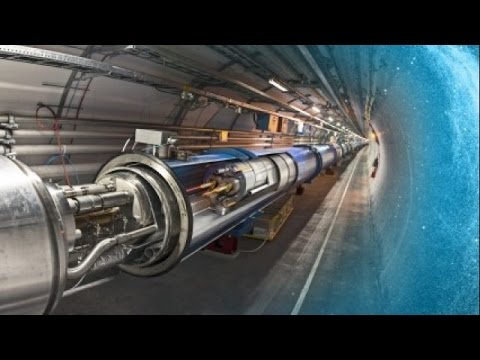Here is a bit more information on the recent history of the LHC at CERN and their plans:
Today, LHC engineers and scientists announced they had “stable beams” in the LHC’s 27 kilometer (17 mile) long ring of supercooled electromagnets — meaning the protons that are injected into the experiment are suitable for the numerous detectors linked with the LHC can begin taking science data. Now that stability has been achieved, more protons will be pumped around the accelerator until the LHC has the ability to produce up to 1 billion particle collisions per second.
The prime mission of the LHC during Run 1 (that started in 2008) was to detect and characterize the “missing piece” of the Standard Model, the Higgs boson. This particle, which mediates the Higgs field that is thought to permeate the entire universe, endows all matter with mass. But to detect the Higgs, never before seen particle energies were required. Its historic discovery was announced in July 2012, resulting in the Nobel Prize for Physics being awarded to the physicists who first theorized the Higgs mechanism in the 1960′s.
Although it is fascinating to study subatomic particles, there is a safety question to be asked. What will this do to the planet? What if a small black hole or anti-matter was generated? Let’s hope not and we hope you enjoy the video.
thanks to discovery.com for the write-up
